When it comes to hardwood flooring, the classic appeal of the herringbone pattern has been making waves in the design world. But with its distinct zigzag design, it’s essential to consider if the aesthetic payoff justifies the increased cost. Here's a comprehensive breakdown of the factors that contribute to the cost of herringbone hardwood floors and whether it’s worth investing in this elegant style.
1. What Is Herringbone Hardwood Flooring?
Herringbone is a pattern in which rectangular pieces of wood are arranged in a "V" or zigzag formation. This traditional design is often seen in European palaces and high-end spaces, evoking a sense of luxury and craftsmanship. The pattern can be done with a variety of materials, but hardwood is the most sought-after for its durability and natural beauty.
2. Cost Factors for Herringbone Hardwood Floors
The price of installing herringbone hardwood floors can vary significantly, with several key factors influencing the final cost:
a. Material Choice
The type of hardwood used is a primary determinant. Premium hardwoods like oak, walnut, or maple will naturally come at a higher cost than less dense options like pine or bamboo. Exotic woods, such as Brazilian cherry, can be especially pricey.
b. Pattern Complexity
The herringbone pattern requires more time and precision to install than a simple plank layout. This complexity leads to higher labor costs. Unlike standard straight planks, each piece must be meticulously cut and placed, increasing both time and skill requirements.
c. Installation Costs
Due to the time-intensive nature of herringbone installation, labor costs tend to be significantly higher than traditional wood floors. Skilled installers who are experienced in this specific design are required to achieve the clean, seamless look that herringbone is known for.
d. Subfloor Preparation
A smooth, level subfloor is essential for installing herringbone hardwood floors. In some cases, additional preparation work may be needed, such as leveling the subfloor or adding extra layers of plywood for support, which can increase costs.
e. Additional Materials
Depending on the complexity of the installation, you might also need extra materials like underlayment or adhesives designed for the specific type of hardwood you choose. These materials can add to the overall expense.
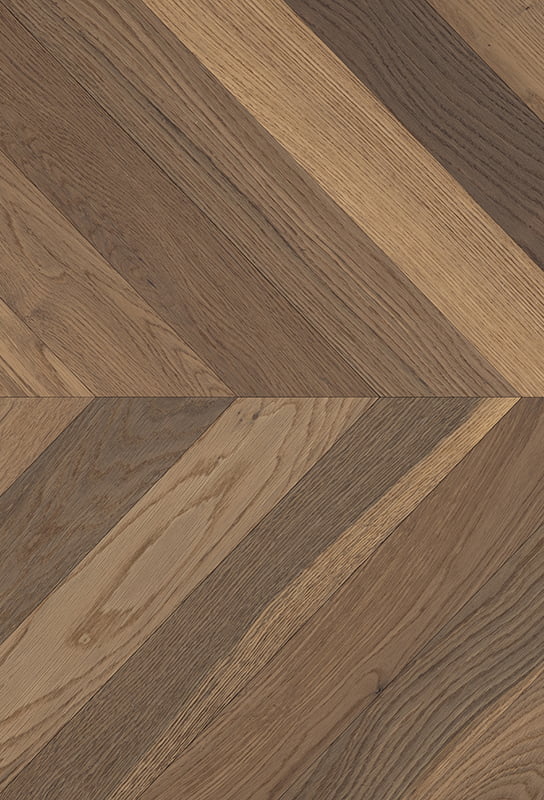
3. Comparing Costs: Herringbone vs. Standard Hardwood Flooring
A rough cost comparison:
Standard Hardwood Flooring: Typically priced between $3 to $12 per square foot for material alone, depending on the type of wood.
Herringbone Hardwood Flooring: Due to the intricate installation, herringbone flooring can range from $8 to $25 per square foot for both material and labor combined. Exotic wood options or premium hardwoods could push this cost even higher.
As you can see, the labor-intensive nature of herringbone installation can nearly double the cost when compared to traditional hardwood flooring. However, the dramatic visual effect it creates in a space may make it worthwhile for many homeowners.
4. Is the Herringbone Style Worth the Extra Cost?
The question of whether herringbone flooring is worth the investment depends largely on the following:
a. Aesthetic Appeal
If you're looking for a timeless, sophisticated design that draws attention and adds character to a room, herringbone flooring can elevate the space. It’s particularly popular in entryways, living rooms, and dining areas. It is a statement floor that provides a feeling of luxury and craftsmanship.
b. Longevity and Value
Hardwood floors are a long-term investment, and herringbone is no exception. Its classic pattern is unlikely to go out of style, and it could potentially increase the resale value of your home. A well-maintained herringbone floor can last decades, making it a sound investment for those looking to create lasting beauty in their home.
c. Design Flexibility
Although the upfront cost is higher, herringbone can adapt to different types of décor, from contemporary to traditional. The versatility of the pattern makes it a popular choice for anyone who wants a floor that won’t go out of style and can complement various design elements.
d. Durability
As with all hardwood flooring, the durability of herringbone hardwood depends on the wood used, how well it’s maintained, and the environment it’s placed in. However, because herringbone flooring uses shorter boards arranged in a more intricate design, it may be more resistant to long-term wear and tear than longer planks.
5. Alternatives to Herringbone Hardwood
If the cost of herringbone hardwood floors seems too steep, there are alternatives that can give you a similar look at a lower price point:
Engineered Wood: This option is often more affordable than solid hardwood and offers the same aesthetic without the cost of using full hardwood planks.
Vinyl Planks: Luxury vinyl plank flooring mimics the look of hardwood and can be installed in a herringbone pattern at a fraction of the cost of real wood.
Laminate Flooring: Laminate can be made to resemble hardwood and offers budget-friendly options with easy installation.
6. Final Thoughts
Herringbone hardwood floors undoubtedly add elegance and sophistication to a space, but they come at a premium price. Whether they are worth the extra cost depends on your budget, aesthetic preferences, and how much value you place on the design and long-term benefits of hardwood flooring.
For those who prioritize luxury, craftsmanship, and timeless beauty, the additional expense of herringbone hardwood may be a worthwhile investment. If you're looking to achieve a similar look at a more affordable price, there are alternatives available that mimic the pattern and feel of real wood. Regardless of your choice, the right flooring can dramatically transform a space—so choose wisely!


 English
English 中文简体
中文简体 Français
Français
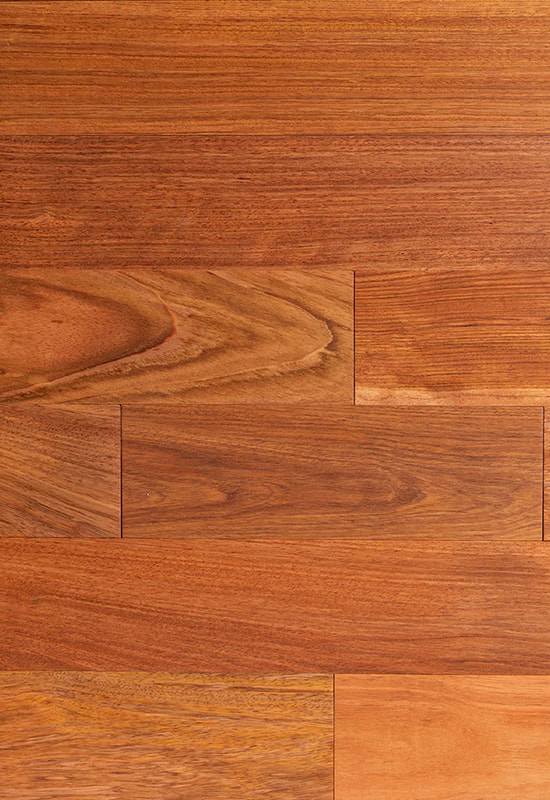
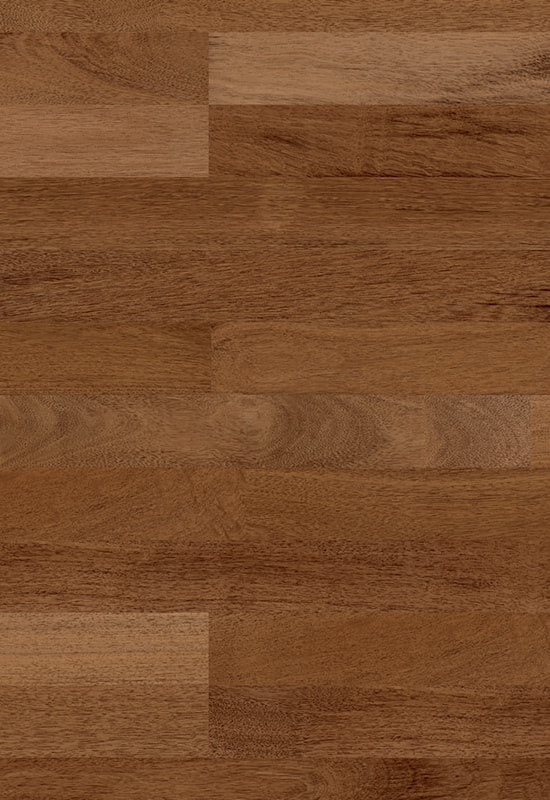
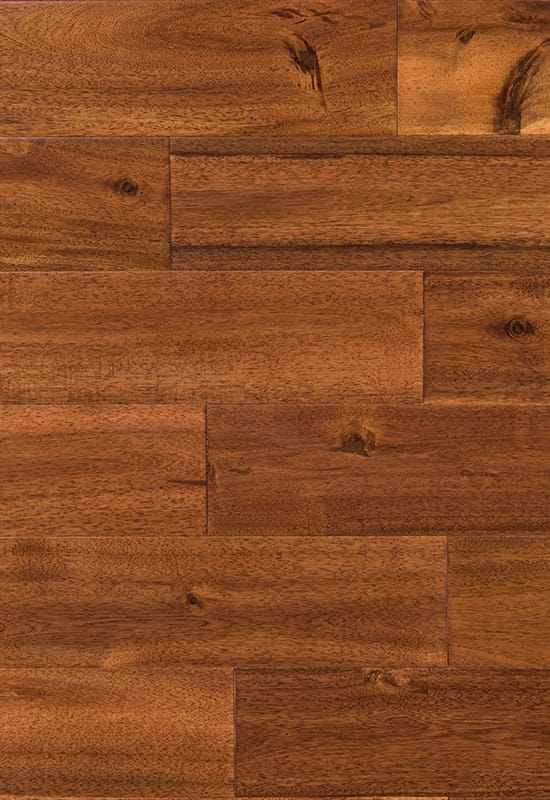
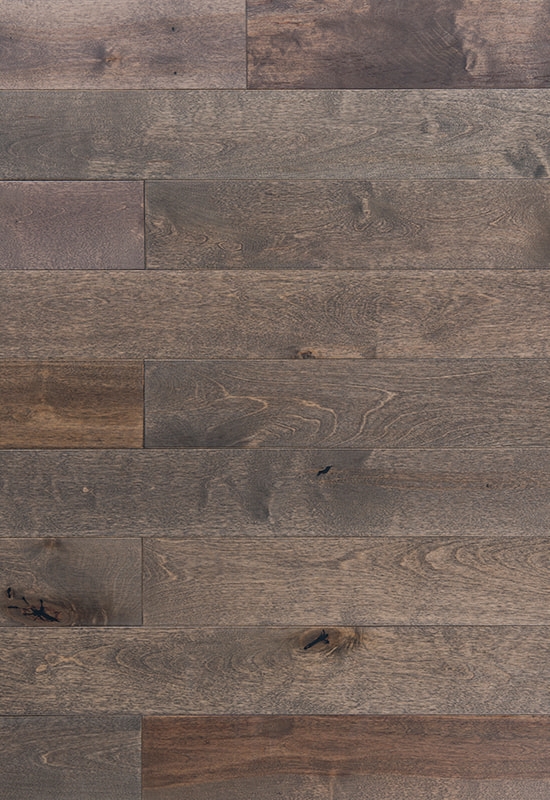
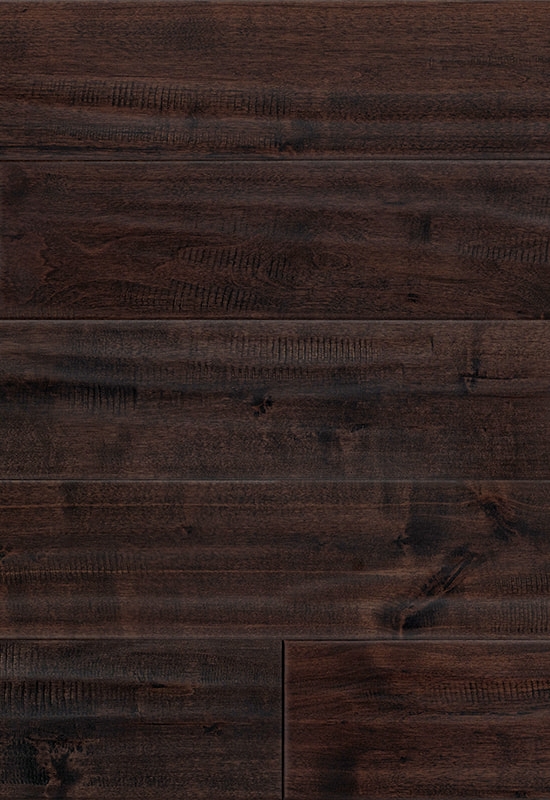
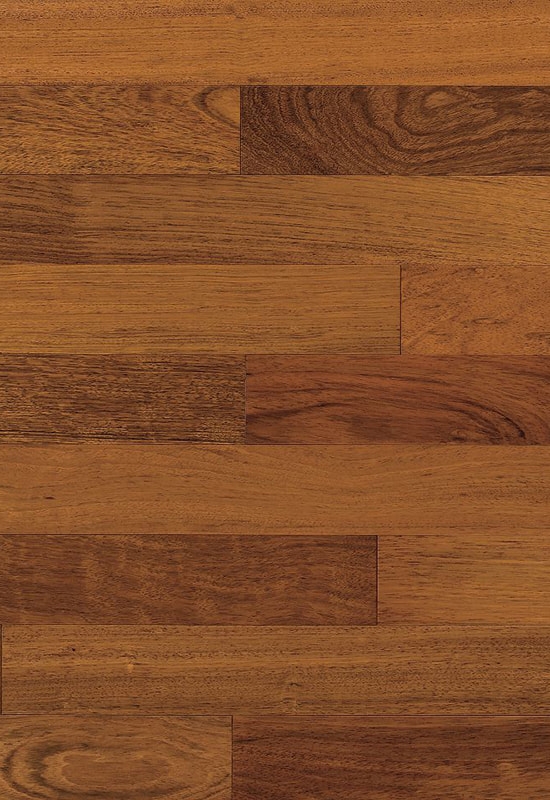
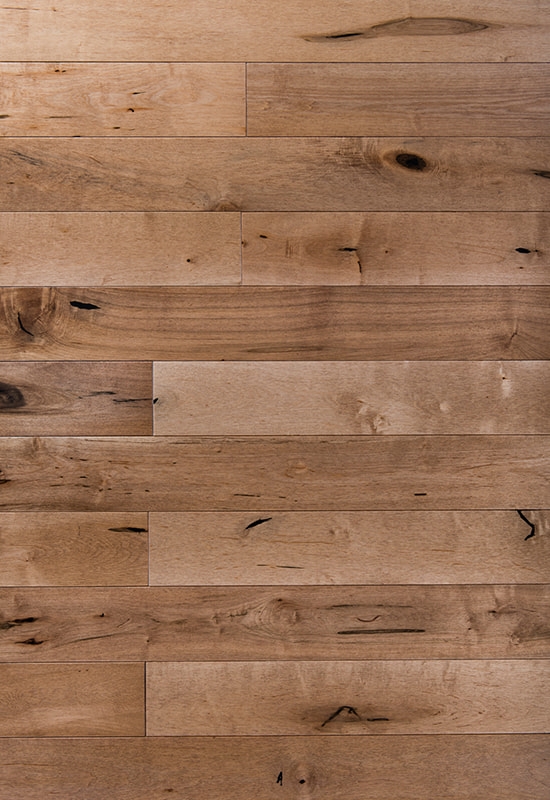
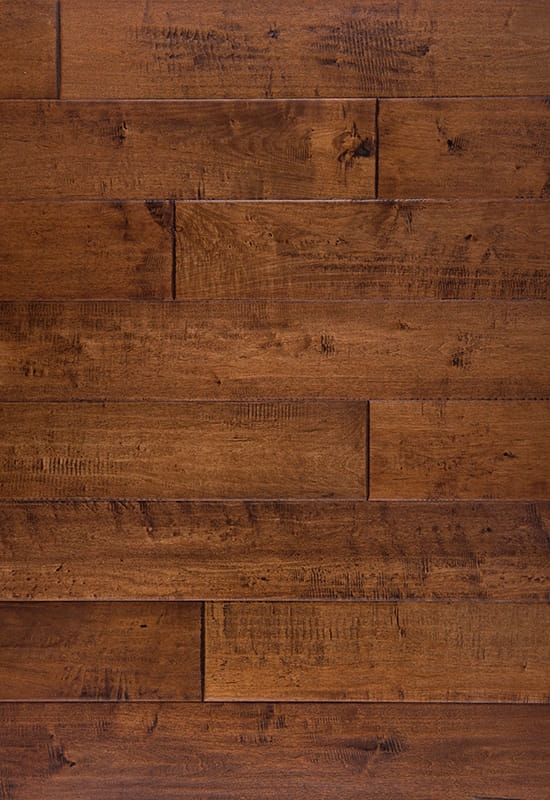
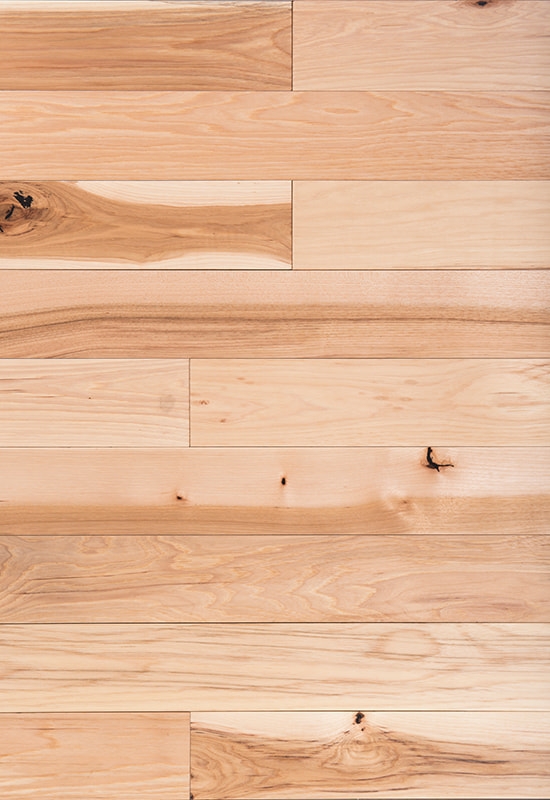
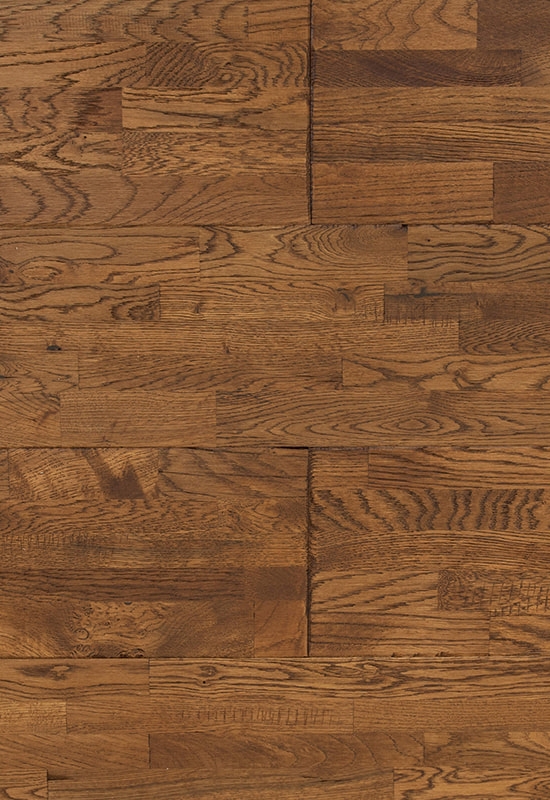
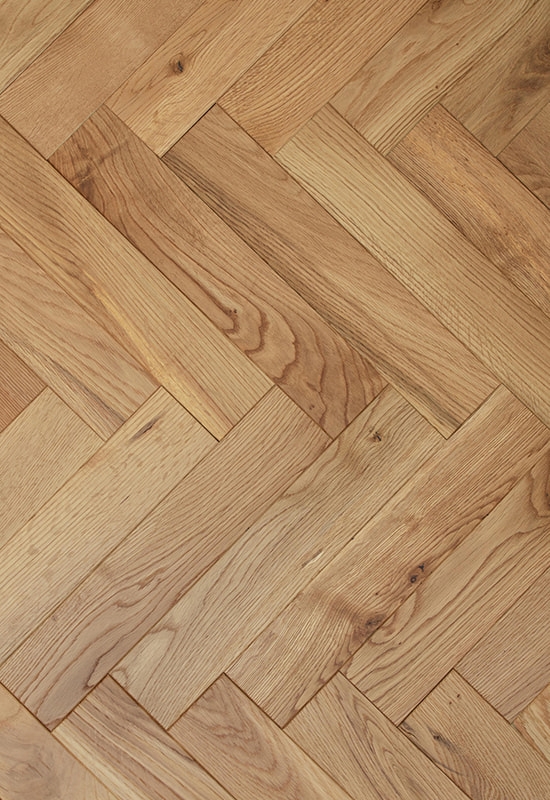
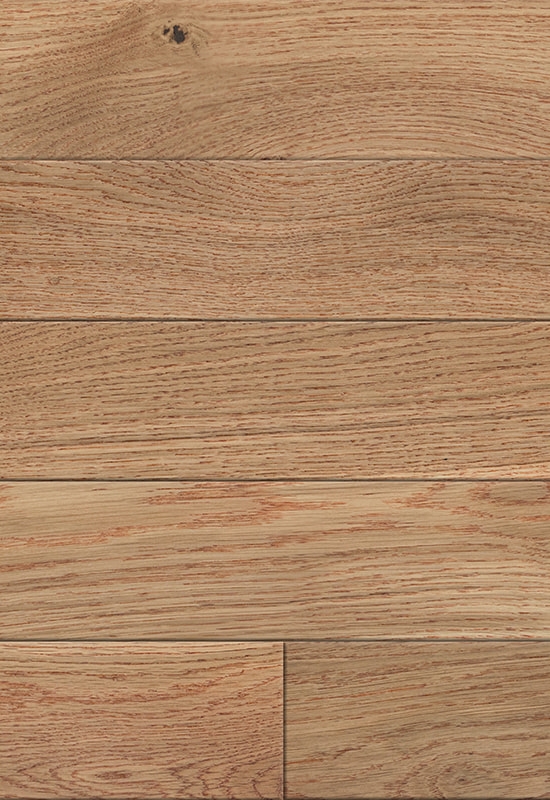

 +86-572-2118015
+86-572-2118015 No.598. Gaoxin Road, Huanzhu Industrial Zone, Huzhou City, Zhejiang Province, China, 313000
No.598. Gaoxin Road, Huanzhu Industrial Zone, Huzhou City, Zhejiang Province, China, 313000 